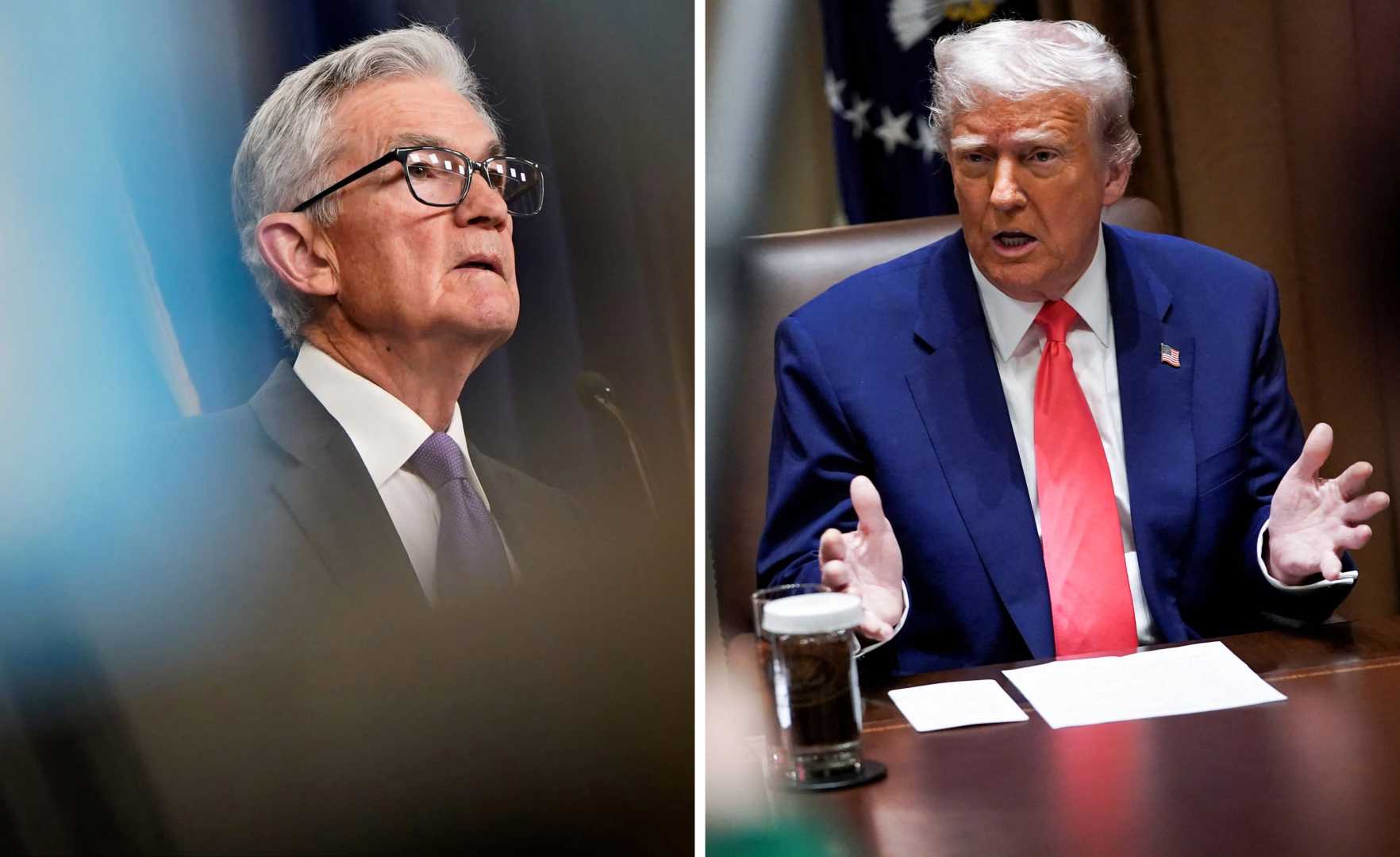Business
Trump Pressures Fed Chair Powell Ahead of Historic Visit

Washington, D.C. — President Donald Trump continues to exert pressure on Federal Reserve Chairman Jerome Powell as they head towards a historic visit to the central bank. Trump plans to see the $2.5 billion renovation of the Fed’s headquarters amidst ongoing attacks on Powell’s monetary policy decisions.
Trump has spent months criticizing Powell for not lowering interest rates more swiftly. His commentary has raised concerns about the Fed’s independence, as he has threatened Powell’s job and labeled him a “major loser” and “numbskull.” Despite these remarks,Trump recently indicated he has no current plans to fire Powell but continues pushing for lower interest rates.
The Fed’s interest rate currently sits between 4.25 and 4.50 percent, and Trump argues this should be lowered to around 1 percent to stimulate economic growth. In response, Powell has expressed concerns about potential inflation, heightened by Trump’s tariffs.
Adding to the scrutiny, Office of Management and Budget Director Russell Vought accused Powell of mismanagement regarding the renovation project. U.S. Treasury Secretary Scott Bessent also criticized the Fed, calling for an internal review of its operations.
Historically, attempts to undermine the Fed’s independence have occurred, with presidents Lyndon B. Johnson and Richard Nixon both pressuring Fed chairs in the past. However, experts note Trump’s ability to remove Powell is limited by the Federal Reserve Act, which requires “cause” for removal, often interpreted to mean gross misconduct.
Market reactions have fluctuated with suggestions of Powell’s potential removal, leading to declines in the S&P 500 and the U.S. dollar. Analysts warn a significant shift in leadership could undermine investor confidence and increase inflation expectations.
As Trump approaches the upcoming Fed meeting, where policymakers are expected to keep rates unchanged, some believe he may use Powell as a scapegoat for economic challenges leading up to the presidential election.
With Powell’s term ending in 2026, the dynamics between Trump and the Fed chair could continue to influence U.S. monetary policy and economic sentiment in the months to come.












